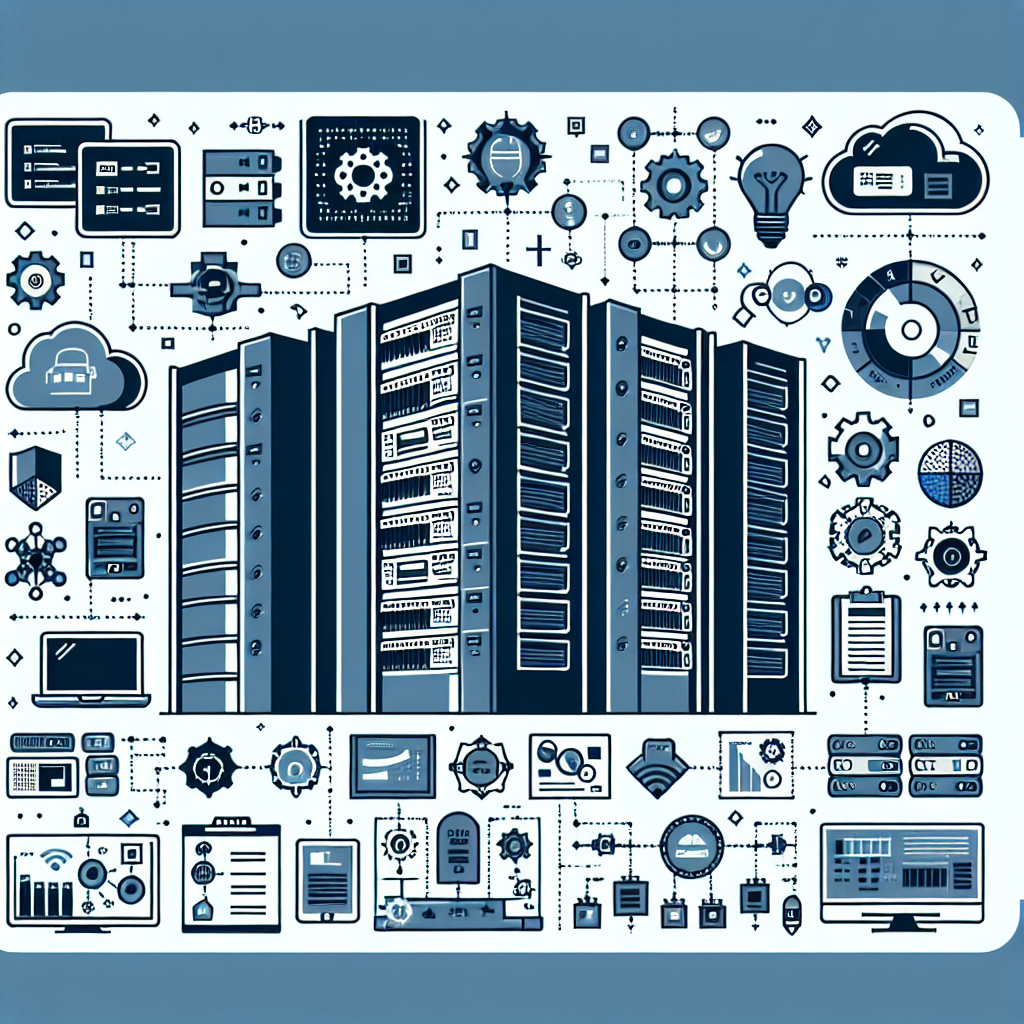Data centers are a crucial component of any organization’s IT infrastructure. They house the servers, storage devices, networking equipment, and other hardware that allow businesses to store, process, and access their data. Proper documentation of a data center is essential for ensuring smooth operations, troubleshooting issues, and planning for future growth.
There are several essential components of data center documentation that every organization should include. These components help provide a comprehensive overview of the data center’s infrastructure and operations, making it easier for IT teams to manage and maintain the facility. Some of the key components of data center documentation include:
1. Inventory: A detailed inventory of all hardware and software components in the data center is essential for keeping track of assets, identifying potential risks, and planning for upgrades or replacements. This inventory should include information such as make and model numbers, serial numbers, warranty information, and configurations.
2. Network diagrams: Diagrams of the data center’s network architecture are essential for understanding how data flows through the facility and identifying potential points of failure. These diagrams should include information on switches, routers, firewalls, and other networking equipment, as well as the connections between them.
3. Power distribution: Documentation of the data center’s power distribution system is crucial for ensuring that all equipment is receiving the necessary power and for identifying potential issues with power supply. This documentation should include information on power sources, distribution units, circuit breakers, and UPS systems.
4. Cooling and environmental controls: Proper cooling and environmental controls are essential for maintaining the optimal operating conditions for data center equipment. Documentation of the data center’s cooling systems, temperature and humidity levels, and air flow patterns is essential for identifying potential issues and ensuring that equipment is operating efficiently.
In addition to these essential components, there are also best practices that organizations should follow when documenting their data center. Some of the best practices for data center documentation include:
1. Consistency: It is important to maintain a consistent format and structure for all documentation within the data center. This makes it easier for IT teams to find the information they need quickly and ensures that all important details are included.
2. Regular updates: Data center documentation should be regularly reviewed and updated to reflect any changes in the facility’s infrastructure or operations. This helps ensure that the documentation remains accurate and up-to-date.
3. Version control: Documenting changes to the data center infrastructure should be done using version control tools to track revisions and ensure that the most current information is always available.
4. Accessibility: Data center documentation should be easily accessible to all relevant team members, including IT staff, facilities management, and other stakeholders. This ensures that everyone has the information they need to effectively manage the data center.
In conclusion, proper documentation of a data center is essential for ensuring that the facility operates efficiently and effectively. By including essential components such as inventory, network diagrams, power distribution, and cooling systems, and following best practices for documentation, organizations can ensure that their data center is well-managed and prepared for future growth.


Leave a Reply